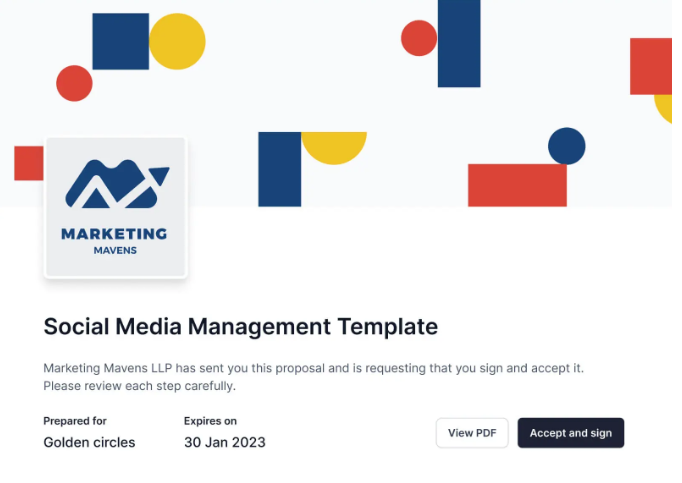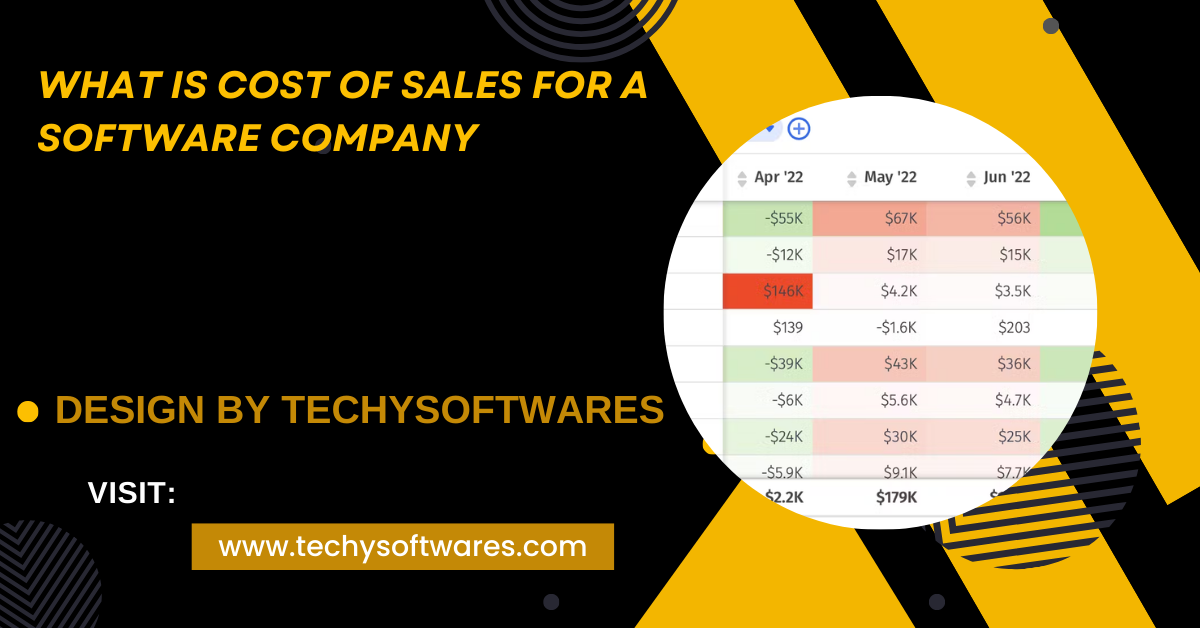In the current digital landscape, social media plays a vital role in connecting brands with their target audiences. Businesses of all sizes increasingly turn to social media to build relationships, promote products, and engage with customers.
However, managing multiple social media accounts can be overwhelming without a strategic approach. A Social Media Management Proposal serves as a formal document that outlines how social media managers or agencies will handle a client’s social media needs, including content creation, engagement, and performance tracking.
This proposal is essential for establishing expectations, services, and outcomes, making it a critical part of any social media marketing partnership.
What is a Social Media Management Proposal?
A Social Media Management Proposal is essentially a roadmap that outlines the strategies, services, and expectations involved in managing a business’s social media presence.
It is a detailed document that highlights the goals, scope of work, timeline, pricing, and deliverables involved in social media management. The proposal typically sets the tone for a working relationship between the client and the social media agency or manager, providing a clear understanding of the work that will be done, how it will be executed, and how success will be measured.
By presenting a well-structured proposal, you help clients understand the value of social media marketing and set the stage for a productive, successful collaboration.
Key Elements of a Social Media Management Proposal
A strong social media management proposal is built on several key elements that work together to clearly define the project’s scope, objectives, and outcomes. These include an introduction, clear goals, services to be provided, timelines, and pricing structures. Let’s take a closer look at each essential component.
Introduction and Background: Understanding Client Needs
The first part of any proposal should focus on understanding the client’s business, industry, and specific challenges. This section serves as an introduction to the proposal, where you show the client that you are familiar with their goals, target audience, and the competitive landscape.
It should also include a summary of the client’s current social media presence, outlining any pain points they may be experiencing, such as low engagement or limited brand awareness. By showcasing an understanding of the client’s business, you build credibility and set a positive tone for the rest of the proposal.
Defining Objectives and Goals: Setting Clear Expectations
The next section of the proposal should focus on the objectives and goals that you plan to achieve through social media management. Here, you’ll need to align your services with the client’s specific needs.
For instance, if the client is aiming to increase brand awareness, you might include goals related to growing their follower count, boosting social shares, or generating more website traffic from social media. If the client’s goal is engagement, you may propose strategies that focus on community building, interactive content, and customer service through social platforms.
By outlining specific, measurable goals (e.g., “Increase Instagram followers by 25% over the next six months”), you provide a clear path to success and make it easier to track progress.
Scope of Work: Detailing Services and Responsibilities
The scope of work is the heart of the proposal. It clearly defines what services will be provided, what tasks you will be responsible for, and any limitations or exclusions. Be as specific as possible to avoid misunderstandings later on. Some services you might include are:
Content Creation: This could include writing social media posts, designing graphics, creating videos, and ensuring the content is tailored to the client’s brand and audience.
Social Media Scheduling and Posting: Discuss how often you will post on each platform, what time of day the posts will go live, and which social media management tools you will use.
Audience Engagement: Outline strategies for interacting with followers, responding to comments and messages, and engaging with the audience through polls, contests, or live sessions.
Reporting and Analytics: Indicate how often you will provide performance reports, the metrics that will be tracked (such as engagement rates, click-through rates, and follower growth), and how these insights will be used to optimize the social media strategy.
Each of these elements should be tailored to meet the client’s unique needs and goals. A clear scope of work ensures that both you and the client are on the same page regarding expectations.
Target Audience: Defining the Right Audience for Maximum Impact
Understanding the target audience is essential for creating effective social media strategies. This section of the proposal should identify the demographics, interests, and behaviors of the audience the client wishes to reach.
Whether your client wants to engage millennials, business professionals, or parents, tailoring content and engagement strategies to suit the audience will lead to better results. You should also explain how you plan to segment and analyze the audience across different platforms and how your content will be optimized for each platform’s user base.
For example, LinkedIn content might be more professional and informational, while Instagram could focus on visual storytelling and lifestyle elements.
Platform Selection: Choosing the Right Channels for Success
Not every business needs to be active on every social media platform. In this section, you’ll need to recommend the most appropriate social media platforms for the client’s business. The selection should be based on where the client’s target audience is most active.
For example, if the client sells visual products like fashion or home décor, platforms like Instagram and Pinterest may be the best choices. For a B2B service, LinkedIn might be more suitable.
Here, you should discuss how you plan to leverage each platform’s features, from Instagram Stories and TikTok Reels to LinkedIn articles and Twitter threads. The goal is to focus on platforms that will offer the most value for the business’s specific goals.
Best Proposal Software for Winning More Clients
A well-crafted proposal is essential for making a strong impression and closing deals efficiently. The right proposal software simplifies the process with automation, templates, and real-time tracking. Here are four top options to consider:
1. Cone
Cone is a user-friendly proposal management tool that streamlines the entire process, from document creation to e-signatures and follow-ups. Its automation features help businesses send, track, and finalize proposals with ease.
2. Qwilr
Qwilr turns traditional proposals into interactive, visually engaging web-based documents. With the ability to embed videos, images, and pricing tables, it helps businesses stand out and enhance client engagement.
3. PandaDoc
PandaDoc offers an all-in-one solution for proposal creation, contract management, and electronic signatures. Its built-in templates and real-time tracking make it easy to manage proposals efficiently and speed up approvals.
4. Proposify
Proposify provides structured, customizable templates, analytics, and collaboration tools to create persuasive proposals. Its tracking features allow businesses to see when clients open, read, and engage with proposals.
Using these proposal software options, businesses can improve efficiency, enhance professionalism, and increase their success rate in closing deals.
Content Strategy: Crafting an Effective Plan
Content is the backbone of social media engagement. A successful social media proposal includes a detailed content strategy that covers the types of content to be posted, the frequency of posts, and how content will align with the client’s brand.
This section should outline the content creation process, such as themes, content formats (e.g., blog posts, videos, infographics, memes), and frequency (e.g., 3 posts per week on Facebook, daily Instagram stories). Additionally, you should discuss how content will be curated to keep it relevant to current trends, events, and audience preferences. This strategy ensures that all content is consistent with the brand’s voice and visual identity while also engaging the audience.
A well-written Social Media Management Proposal serves as the foundation for a successful partnership between an agency and its clients. It sets clear goals, outlines the scope of services, and defines both parties’ responsibilities.
By crafting a tailored proposal that meets the specific needs of your client, you can ensure that they receive the best possible results from their social media efforts. A great proposal not only demonstrates your expertise but also establishes trust, helping you build lasting relationships with clients and drive their business success through social media.
Recommended Aarticles
Jablw.Rv – Revolutionizing News Consumption!
Review Ninbeuproaca Ltd – A Personal Experience!
Hoc Layout – Boost Code Reusability And Improve Ui Consistency!
The Transformative Role of Enterprise AI in Modern Business Operations




